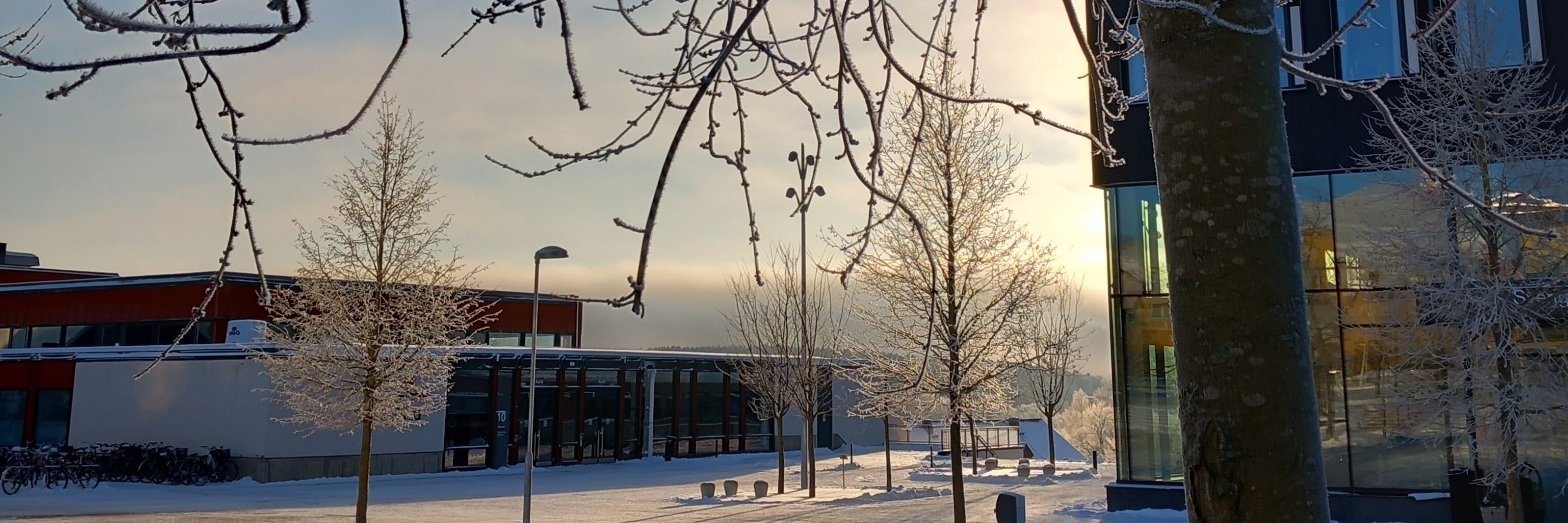Martin Johnsson
@mrtnj.bsky.social
600 followers
1.3K following
130 posts
PhD in genetics. Associate professor (docent) at the Swedish University of Agricultural Sciences (SLU), Uppsala. The Jar Jar Binks of animal genomics. Writes in English, svenska & gruntings. he/him
Posts
Media
Videos
Starter Packs
Reposted by Martin Johnsson
Reposted by Martin Johnsson
Reposted by Martin Johnsson
Jarrett Byrnes
@jebyrnes.bsky.social
· Sep 11
Martin Johnsson
@mrtnj.bsky.social
· Aug 30

Continuous Evolution in the NK Treadmill Model
Abstract. The NK fitness landscape is a well-known model with which to study evolutionary dynamics in landscapes of different ruggedness. However, the model is static, and genomes are typically small,...
direct.mit.edu
Martin Johnsson
@mrtnj.bsky.social
· Aug 30

The E(NK) model: Extending the NK model to incorporate gene‐by‐environment interactions and epistasis for diploid genomes
The haploid NK model developed by Kauffman can be extended to diploid genomes and to incorporate gene-by-environment interaction effects in combination with epistasis. To provide the flexibility to i...
onlinelibrary.wiley.com
Martin Johnsson
@mrtnj.bsky.social
· Aug 30










